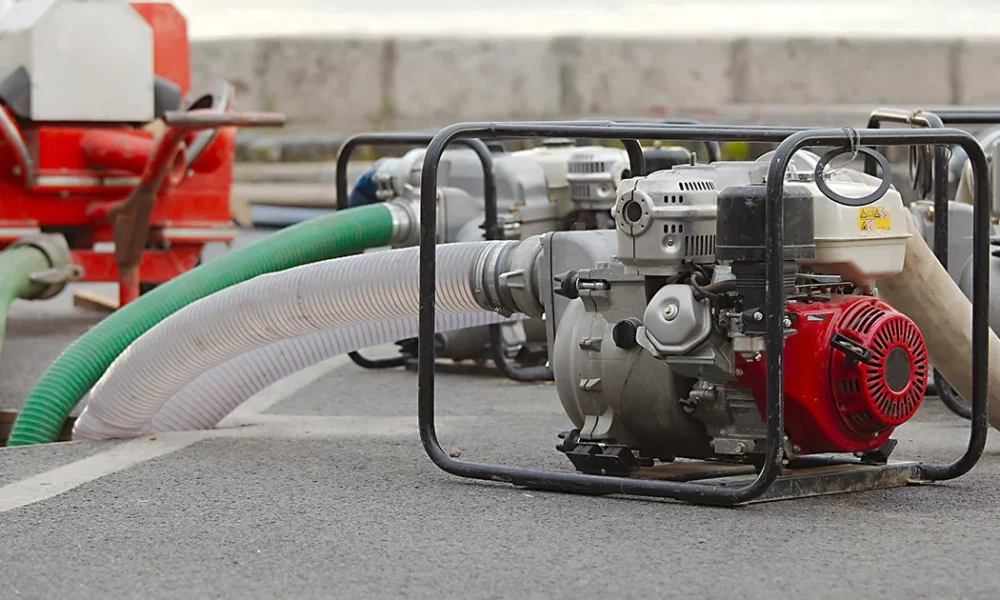What is a Transfer Water Pump? And Why You Might Need One

When tackling various household or industrial tasks, you may come across situations where you need to move water from one location to another efficiently. This is where a transfer water pump becomes invaluable. These versatile machines are designed to move water quickly and easily, providing a reliable solution for a range of applications. This article explores what a transfer water pump is, how it works, and why you might need one.
A transfer water pump is essentially a mechanical device designed to move water between locations. Unlike traditional water pumps used for well water or septic systems, transfer pumps are typically portable and are intended for a range of uses. They come in various sizes, capabilities, and types, including electric, gas-powered, and manual versions, each suited for specific needs and scenarios.
The principle behind a transfer pump is straightforward. The pump has an inlet hose that draws water and an outlet hose that discharges it. Once activated, the pump creates a vacuum that pulls water through the intake hose and pushes it out through the outlet hose. Depending on its power source and design, the pump can move large volumes of water quickly, making tasks such as draining a flooded basement, irrigating a garden, or filling a pool far more manageable.
There are several situations where you might find a transfer water pump to be essential:
Flood Management: Flooding is an unfortunate but common issue in many areas, whether due to natural occurrences or plumbing failures. In such emergencies, a transfer water pump can expedite the removal of standing water, helping to mitigate damage to property and speed up the recovery process. Portable pumps can be especially useful for homeowners facing flood-related challenges, allowing them to quickly move water out of basements, garages, or other affected areas.
Agriculture and Irrigation: For farmers and gardeners, maintaining proper water levels is crucial for crop health. Transfer pumps can efficiently distribute water from ponds, rivers, or reservoirs to fields and gardens. This ensures that plants receive an adequate water supply, especially during dry spells. Moreover, these pumps can be used to distribute fertilizers or pesticides evenly across large areas, making them indispensable tools in agricultural management.
Construction Sites: Construction projects often require water management for site preparation, including the removal of unwanted water and the distribution of required water supplies. Transfer pumps can help keep construction sites dry, facilitate concrete mixing, and even assist in dust management by distributing water over dry areas. Their portability and robustness make them suitable for the demanding environments typically encountered in construction.
Pool Maintenance: Pool owners are familiar with the need for efficient water management, from filling the pool to maintaining the correct water level. A transfer pump can help in quickly filling or draining a pool, saving significant time compared to using a garden hose. Additionally, these pumps can assist in periodic maintenance tasks, such as cleaning and winterizing the pool, by efficiently moving water to and from the site.
Everyday Household Tasks: Beyond specialized uses, transfer water pumps can be handy for a range of everyday tasks around the home. They can assist in watering the garden, emptying clogged sinks or bathtubs, cleaning out fish tanks, or even washing cars by providing a steady stream of water. Their versatility and ease of use make them a valuable addition to any household toolkit.
When choosing a transfer water pump, it’s important to consider several factors to ensure it meets your specific needs. Firstly, think about the volume of water you need to move and the distance it has to travel. Different pumps have varying flow rates and maximum lift heights. Additionally, consider the type of pump and its power source. Electric pumps are generally quieter and require less maintenance, but gas-powered pumps can be more powerful and are suitable for locations where electricity is unavailable. Lastly, assess the durability and portability of the pump, especially if you plan to use it in rugged or variable conditions.
In conclusion, a transfer water pump is a versatile and practical tool that can make various water-moving tasks more efficient and manageable. Whether you’re dealing with emergency flooding, maintaining your garden or pool, or tackling large-scale agricultural or construction projects, a transfer pump can provide the support you need. By understanding the different types and applications of these pumps, you can make an informed decision and choose the right tool for your specific requirements.





